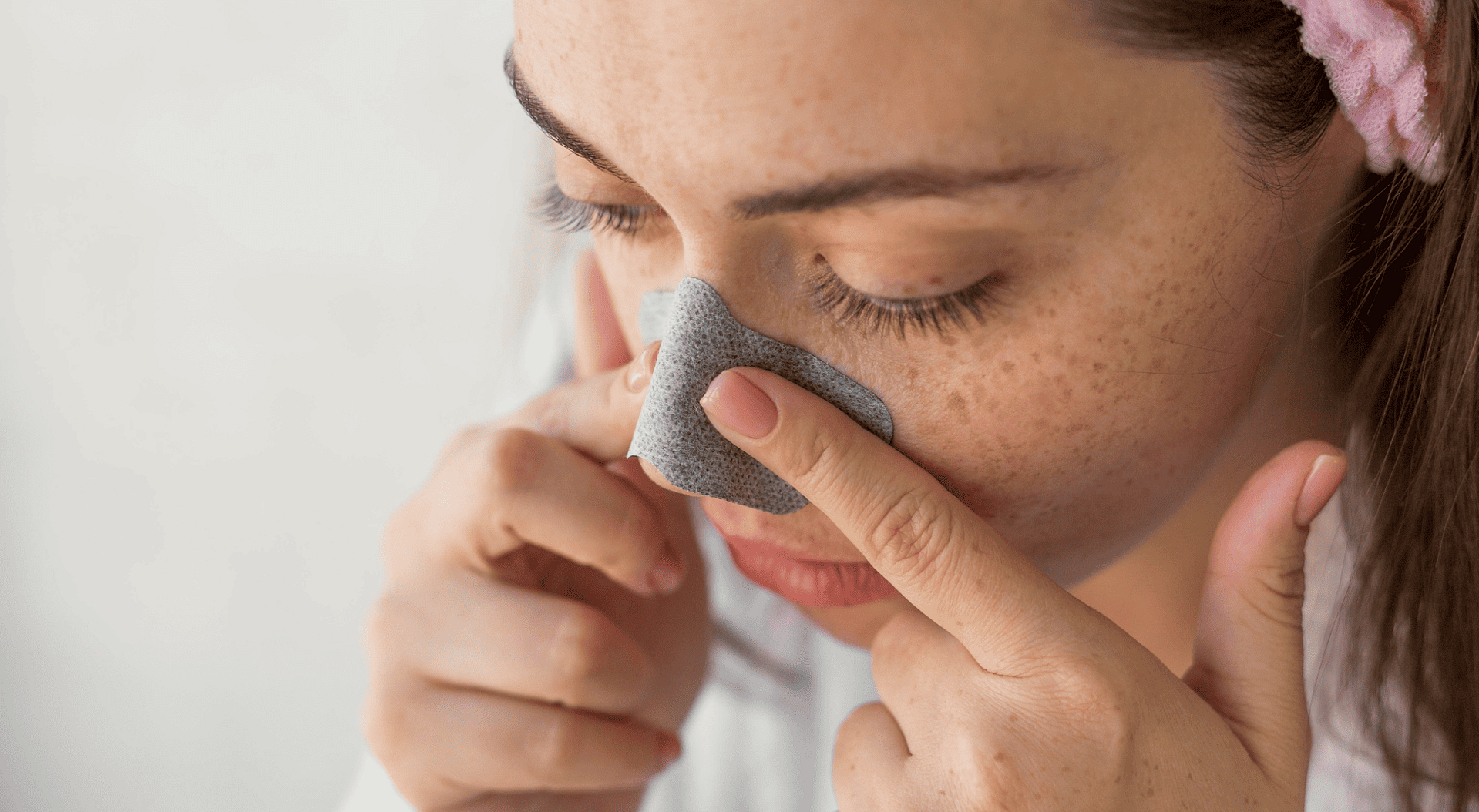Blackheads, also called open comedones, are a type of acne. Blackheads occur when oil and dead skin build up on your skin and clog your pores.
If you squeeze one, you’ll most likely find more blackheads to deal with, leaving your skin pinched, blotchy, and irritated from poking and prodding. While squeezing the blackhead is satisfying, touching the area can damage the skin barrier and cause inflammation and scarring.
Instead of squeezing blackheads, various treatments can help. Antibiotics, retinoids, and chemical exfoliators are usually first-line treatments. If these therapies fail, a dermatologist may recommend microdermabrasion, comedo extraction, chemical peels, or laser therapy.
What are blackheads?
Blackheads are a type of acne. Your skin is constantly exfoliating and clogging your pores while excreting sebum, a type of oil that mixes with these dead skin cells. Also known as your skin’s natural exfoliation, this process helps protect you from the environment. However, as a result, you may notice dark pores appearing on your nose, cheeks, chin, and ears.
These dark pores are blackheads, open pores that fill up with sebum and dead skin. Blackheads are clear and oily. However, when the pores are open to oxygen, they turn black.
What causes blackheads?
Generally, acne occurs when something builds up on the skin and clogs the pores. The types of acne differ depending on what is clogging the pores.
Hormones: Changes in hormones during puberty, the menstrual cycle and pregnancy can increase the risk of blackheads. For example, during puberty, the level of androgens, male sex hormones, rises. Androgens cause the glands that produce sebum to enlarge.
Genetics: Your risk of blackheads may increase if one or more members of your family have acne.
Certain medications: Corticosteroids and lithium can change your hormones and increase your risk of blackheads.
Age: While anyone can develop blackheads, adolescents are more likely to develop them than others.
How to get rid of blackheads
Salicylic acid
Salicylic acid is a popular over-the-counter product found in many skin cleansers. It prevents pores from clogging by dissolving dead skin and excess oil.
When you go to the pharmacy, check the ingredients carefully. You will find products with salicylic acid content between 0.5% and 5%. The acid may cause skin irritation in some people. You may need to use it every other day to see how your skin reacts.
Retinoid creams and waters
Retinoid creams and lotions that are made with vitamin A can unclog your pores. They also help your body make new skin cells.
Some retinoids can be bought over the counter in pharmacies, but most will require a prescription. Because retinoids make your skin more sensitive to UV rays, you should use these creams and lotions at bedtime and out of the sun.
Extraction
“Extraction” may sound scary, but many health professionals know how to remove unsightly blackheads using specialized tools.
Home vacuuming kits can be found in stores. But most medical experts repeat the classic advice: “Don’t try this at home.” A DIY procedure can cause scarring, even if you think you know what you’re doing.
Chemical peeling
Chemical peels are usually for people who want to improve the appearance of sun damage and minor scars, but they can help with certain types of acne. The procedure can unclog pores and start new skin growth.
You can get a chemical peel at your doctor’s office. Removes cells from the top layer of the skin.
Skin brush
A facial brush can help get rid of accumulated dirt that contributes to acne. It can also slow down the signs of aging. You should always rehydrate your skin after using a facial brush.




